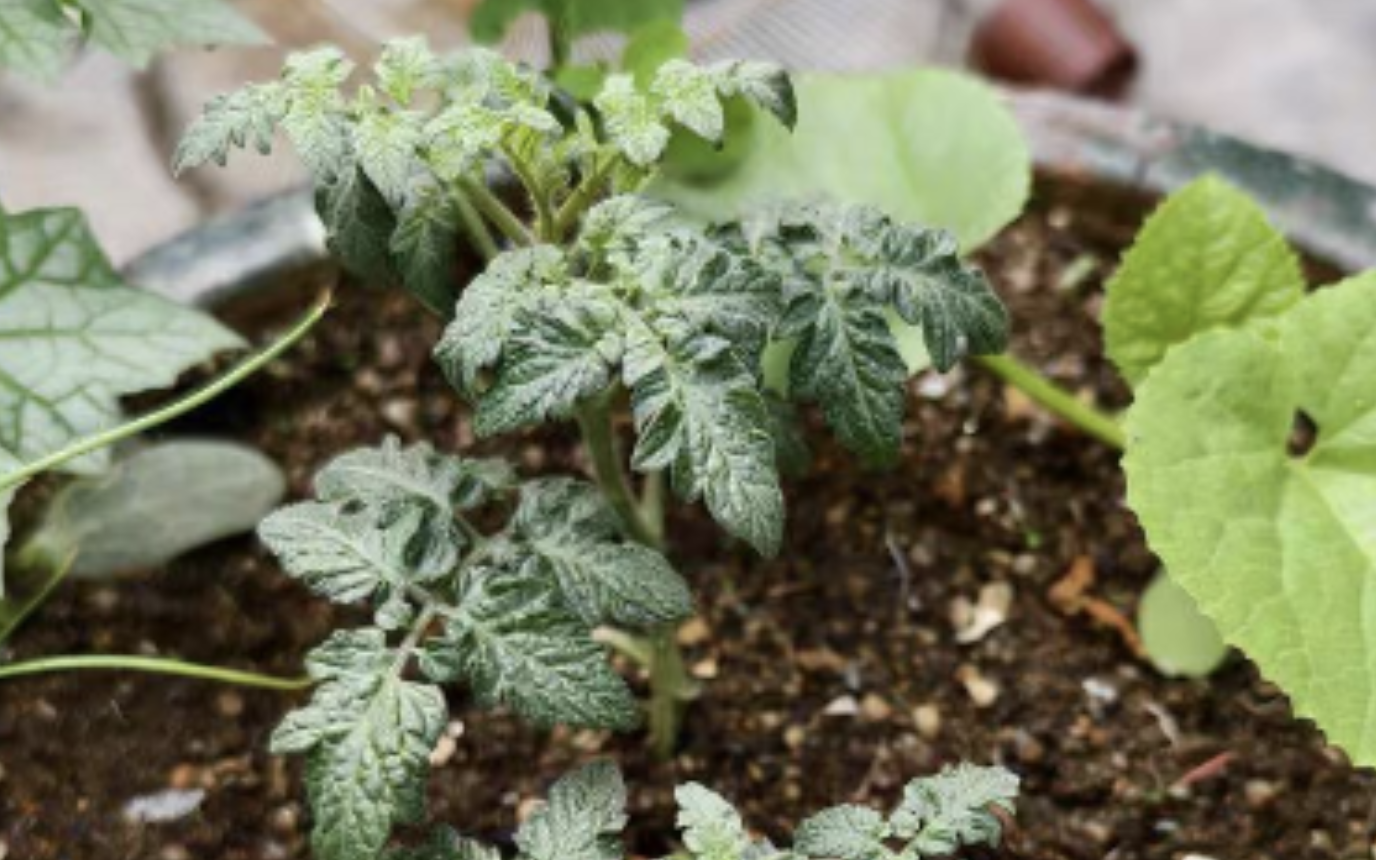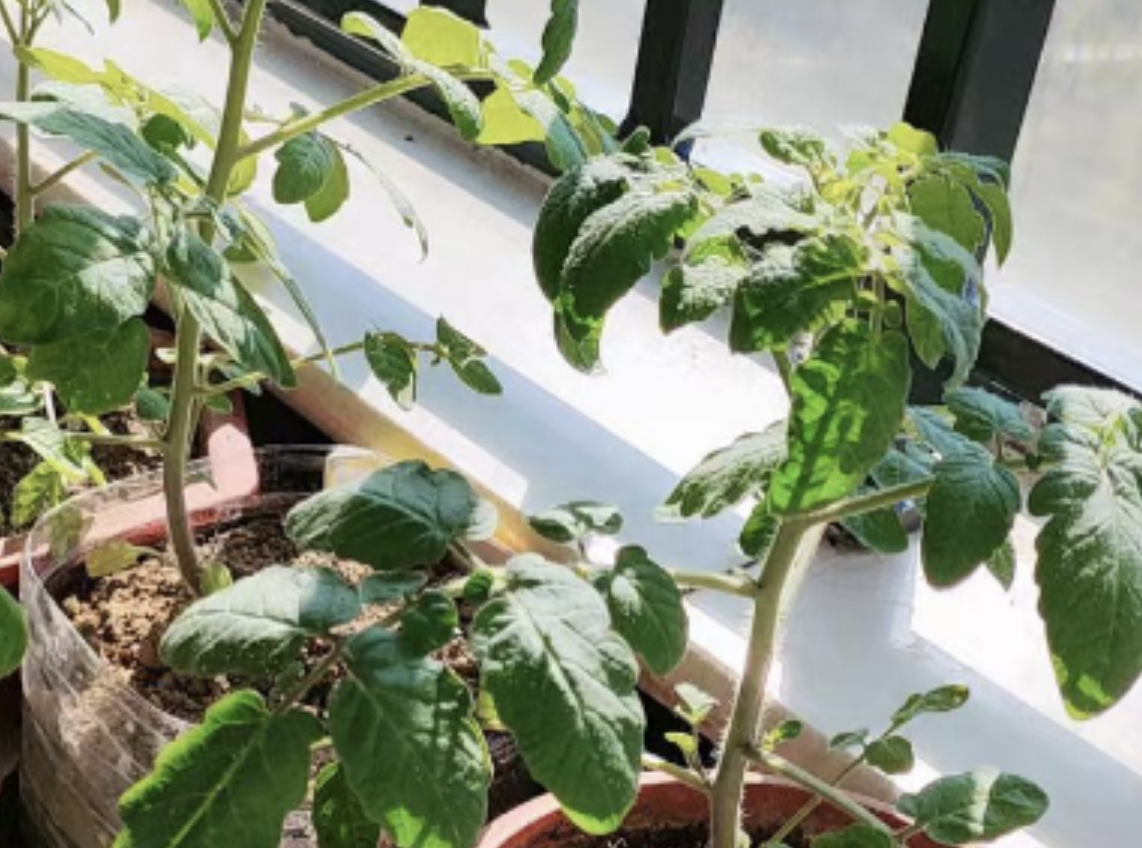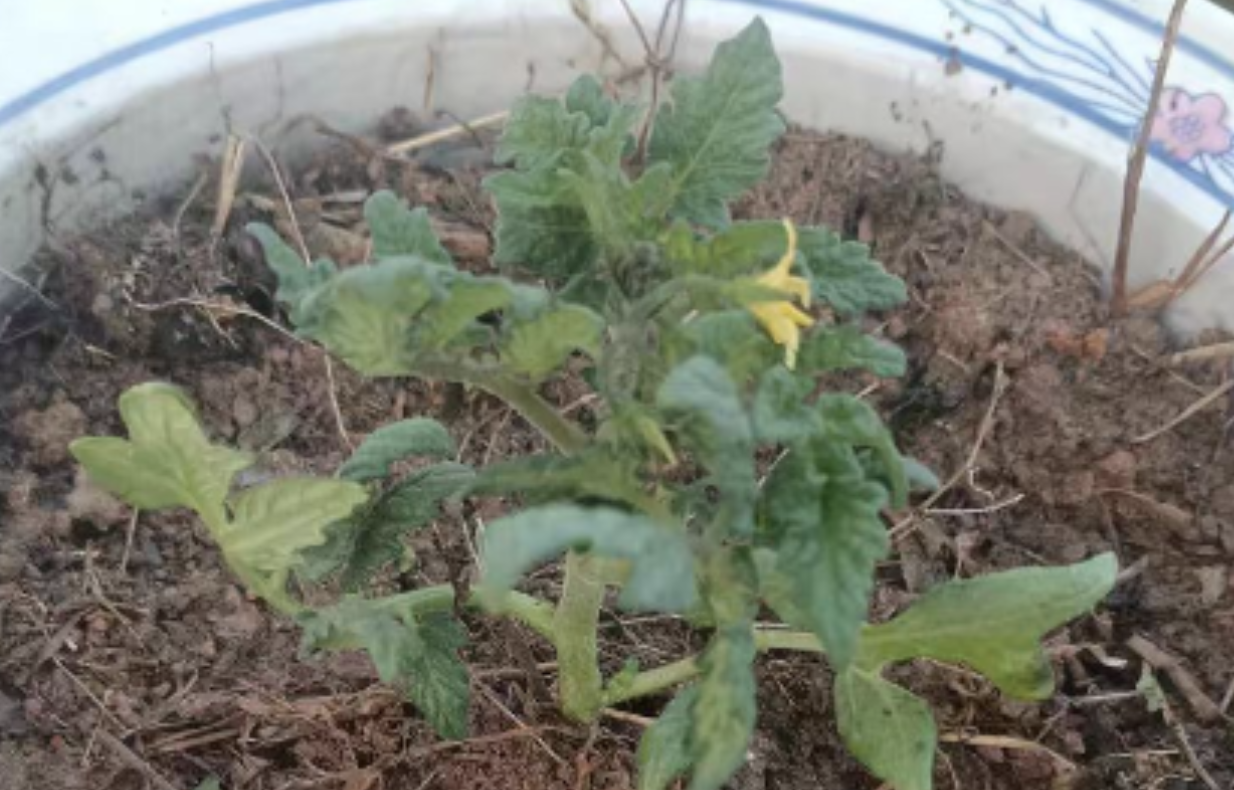The Phalaenopsis orchid, known as the "noble lady" of flowers, is most admired for its glossy, thick leaves, which feel like they've been waxed and even reflect sunlight! However, many orchid enthusiasts find that their Phalaenopsis orchids have thin, malnourished-looking leaves.
Phalaenopsis originates from tropical rainforests, where it grows on trees! This gives it three key characteristics: it dislikes waterlogging, requires high humidity, and thrives in a well-ventilated environment. I've seen too many people treat Phalaenopsis like a pothos, resulting in root rot and yellowing leaves. Remember, to grow Phalaenopsis, you need to simulate its natural tree bark environment, so its "big, thick roots" can breathe properly!

To make the leaves thick, nitrogen, phosphorus, potassium, and trace elements are all necessary! But never use regular compound fertilizers. I recommend two special products:
Orchid-specific slow-release fertilizer (like Ogreen 318s), sprinkle a few pellets on the surface, and you won’t need to worry for three months!
Fish protein water-soluble fertilizer (diluted 1:2000 with water), apply once every two weeks, and the leaves will become lush and glossy!
Here’s a little trick: During the growing season in spring and autumn, you can spray potassium dihydrogen phosphate (1:1000) on the back of the leaves. It works better than skincare products, and after spraying, the leaves will shine!
Phalaenopsis likes bright, diffuse light. How can you tell if the light is right? Hold your hand above the plant and look for a clear hand shadow with soft edges. In summer, placing it on an east-facing balcony is ideal, and in winter, you can move it to a south-facing window. I’ve seen people burn their Phalaenopsis in the sun, resulting in yellow and black spots on the leaves—such damage is irreversible!
Phalaenopsis prefers to be a little dry rather than soggy! Here’s a simple way to check: Stick your finger into the substrate about 2 cm deep. Water only when it’s dry. In summer, usually once every 5-7 days, and in winter, once every two weeks will do. Here's the key: water thoroughly, like giving it a "shower," letting water flow out from the bottom of the pot. Never just give it a few spoonfuls of water!
These small details are the "extra points":
Humidity control: Northern growers, remember to use a humidifier to maintain 60% humidity, so the leaf edges won’t dry out.
Adequate ventilation: Open windows for two hours a day to prevent spider mites (Phalaenopsis is especially sensitive to them!).
Regular leaf cleaning: Use a mixture of beer and water (1:10) to wipe the leaves, which cleans them and adds nutrients.
Post-bloom leaf care: After flowering, immediately cut the flower stalk, repot with fresh substrate to promote new growth.
Taking care of Phalaenopsis doesn’t need to be overly meticulous. Just remember: “Avoid direct sunlight, prevent waterlogging, don’t over-fertilize, and maintain the right temperature and humidity.” Over time, the leaves will gradually become thicker and look more vibrant. In the beginning, you may lack experience, but with observation and adjustment, you'll soon understand its needs, and growing a Phalaenopsis with thick leaves and beautiful flowers is not difficult at all!





Leave a Reply